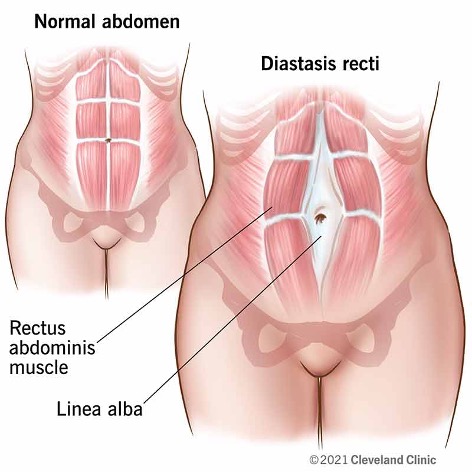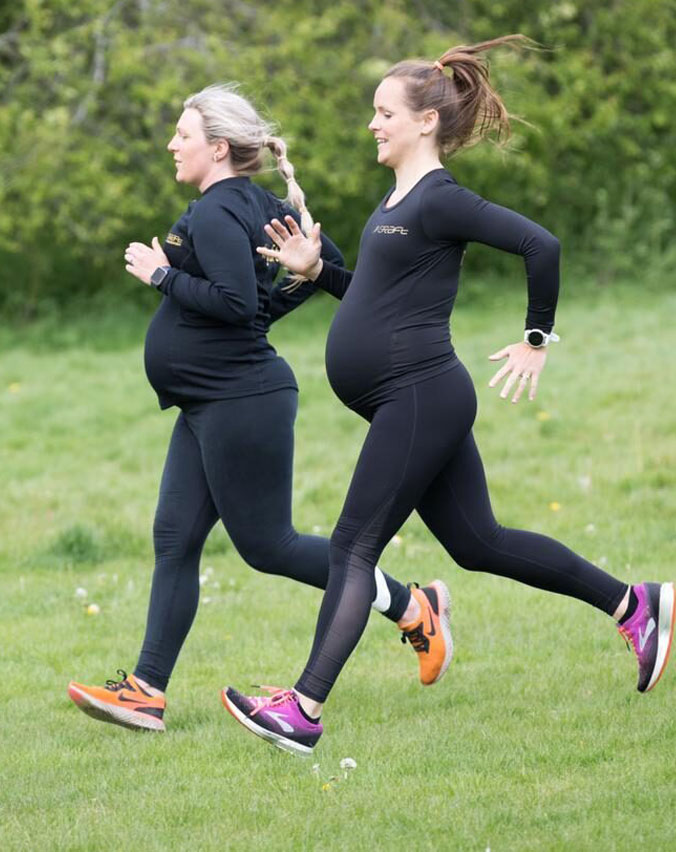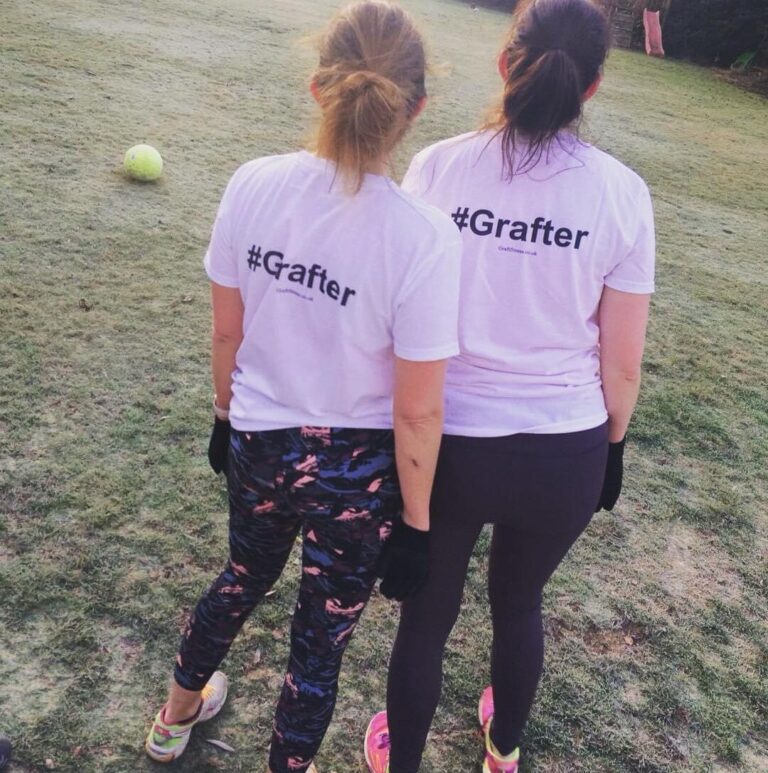
POST PREGNANCY
DIASTASIS RECTI OR
DIVARICATION
Ab separation post pregnancy is very common. You are not abnormal or alone if you are suffering from it. The severity varies from woman to woman and 100% of pregnancies going to the end of trimester 3 will have some ab separation. There has to be room made for the baby right?!
Speaking myself as a mother of 4, my ab separation was worse after baby number 1. Lack of knowledge, what I should and shouldn’t do with training in pregnancy and having a large bump didn’t help. This is what encouraged me to further my knowledge in this field.
So firstly, what is abdominal separation?
Diastasis recti is a common condition in pregnant and postpartum women. It occurs when the rectus abdominis muscles (six-pack ab muscles) separate during pregnancy from being stretched. The separation can make a woman’s abdomen area stick out or bulge months or years postpartum. It can be repaired with special exercises that help to close the separation.
Women can often go years undiagnosed and untreated. This is something that can be improved and helped. Potential surgery could be avoided with just some minor awareness of how you should be exercising, what you may need to be integrating into your workout and load your putting on your abdomen.
Why it tends to happen?
Pregnancy puts a lot of pressure on your abdomen. The abdomen is made up of left and right ab muscles and a thin band of connective tissue (linea alba) inbetween. They are pushed outward and stretched to make room for the growing baby. Diastasis recti occurs when the linea alba is overstretched and doesn’t come back together. The left and right sides of the abdominals stay separated. It’s also referred to as an “ab gap” or abdominal separation.
My abdominal separation isn’t fully back to where I would like it but it has improved dramatically since I’ve changed how I’m exercising, what I need to do and how I’m lifting. Breathing right is also essential. Reminder – hormones will not help connective tissue so you may find this worsens at certain times of the month.
Breastfeeding will also delay the recovery of this. From experience mine dramatically improved once I had stopped fully breastfeeding.
What are the symptoms?
So you may be wondering 🤔 have I suffered with this and how am I completely unaware of it?
- Lower back soreness / weakness
- Constipation
- Struggling to lift things
- Weak abs
- Pelvic exam or hip pain
- Pain during sex
- Coning or doming when performing abdominal exercises
Certain movements WILL make abdominal separation worse. During the postpartum period, there are some modifications you should make:
- Avoid lifting anything heavier than your baby.
- Roll onto your side when getting out of bed or sitting up. Use your arms to push yourself up.
- Skip activities and movements that push your abdominals outward (like crunches and sit ups)
- Controlled breathing/core specific work is essential, through pregnancy and postpartum. This can be done as soon as you have delivered or when you feel up to spending a few minutes daily.
I would strongly advise starting with the basics before starting back to any hard gym routine. You could worsen it if you are suffering with abdominal separation.
And a reminder that things take time. Time is the biggest healer. Appreciate that your body will go through some adaptions in pregnancy. Learn to work them and be patient.
Natalie Bhangal is a personal trainer who has a passion for health, fitness and strength training. She trains beginners, athletes, pregnant and postnatal women, those with injuries and injury prone clients. For more information email natalie@graftfitness.co.uk


IT'S TIME TO GET YOUR #GRAFT ON!
Our exclusive range of Graft fitness clothing is designed to be functional and is manufactured using the latest technical fabrics. Once you get them on, you’ll instantly feel part of the #graft movement and be ready to tackle anything, including one of my fitness sessions!


